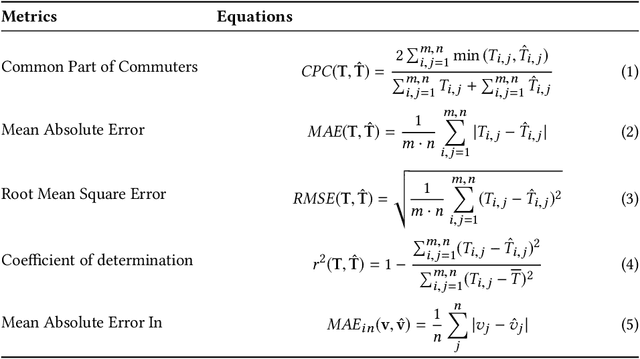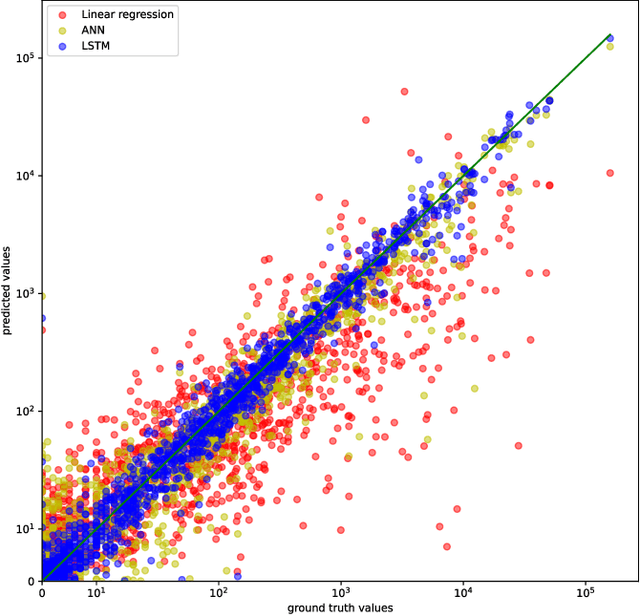Harold Silvère Kiossou
An LSTM approach to Forecast Migration using Google Trends
Jun 19, 2020



Abstract:Being able to model and forecast international migration as precisely as possible is crucial for policymaking. Recently Google Trends data in addition to other economic and demographic data have been shown to improve the forecasting quality of a gravity linear model for the one-year ahead forecasting. In this work, we replace the linear model with a long short-term memory (LSTM) approach and compare it with two existing approaches: the linear gravity model and an artificial neural network (ANN) model. Our LSTM approach combined with Google Trends data outperforms both these models on various metrics in the task of forecasting the one-year ahead incoming international migration to 35 Organization for Economic Co-operation and Development (OECD) countries: for example the root mean square error (RMSE) and the mean average error (MAE) have been divided by 5 and 4 on the test set. This positive result demonstrates that machine learning techniques constitute a serious alternative over traditional approaches for studying migration mechanisms.
Using an interpretable Machine Learning approach to study the drivers of International Migration
Jun 05, 2020


Abstract:Globally increasing migration pressures call for new modelling approaches in order to design effective policies. It is important to have not only efficient models to predict migration flows but also to understand how specific parameters influence these flows. In this paper, we propose an artificial neural network (ANN) to model international migration. Moreover, we use a technique for interpreting machine learning models, namely Partial Dependence Plots (PDP), to show that one can well study the effects of drivers behind international migration. We train and evaluate the model on a dataset containing annual international bilateral migration from $1960$ to $2010$ from $175$ origin countries to $33$ mainly OECD destinations, along with the main determinants as identified in the migration literature. The experiments carried out confirm that: 1) the ANN model is more efficient w.r.t. a traditional model, and 2) using PDP we are able to gain additional insights on the specific effects of the migration drivers. This approach provides much more information than only using the feature importance information used in previous works.
 Add to Chrome
Add to Chrome Add to Firefox
Add to Firefox Add to Edge
Add to Edge